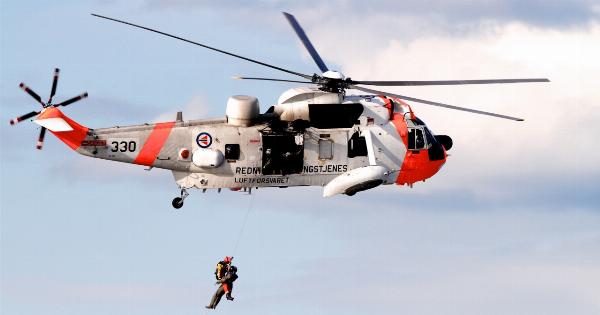Robotics is a field that has seen remarkable advancements in recent years.
From humanoid robots that can perform complex tasks to drones that can navigate through challenging environments, engineers and scientists have been pushing the boundaries of what robots can do. Now, a team of MIT engineers has achieved a groundbreaking milestone with their creation of a running robot, marking a revolutionary success in the field of robotics.
Introducing the Running Robot
The running robot, developed by a team of engineers at MIT, is a remarkable feat of engineering and technology.
Unlike traditional robots that walk or move in a more mechanical manner, this robot is capable of running fluidly, mimicking the movements of a human runner. This achievement is a significant step towards the development of humanoid robots that can navigate complex terrain and perform tasks that require agility and speed.
The Engineering Behind the Robot
The creation of the running robot involved a multidisciplinary approach, combining expertise from various fields such as mechanical engineering, computer science, and control systems.
The engineers incorporated cutting-edge technologies, such as advanced materials and state-of-the-art sensors, to develop a robot that could replicate the complex movements involved in running.
One of the key challenges in designing the running robot was ensuring stability and balance. Running involves a constant interplay between dynamic forces, and the robot needed to be able to adjust and adapt its movements in real-time.
To achieve this, the engineers developed a sophisticated control system that allowed the robot to make split-second adjustments to its stride, speed, and posture.
Applications and Implications
The development of a running robot has profound implications for various industries and fields. One immediate application is in the realm of search and rescue operations.
Robots that can run efficiently and navigate challenging environments could be deployed in disaster-stricken areas to aid in rescue efforts, potentially saving lives.
Additionally, the running robot opens up new possibilities in the sports and entertainment industry.
As the technology advances, there could be a future where running robots compete alongside human athletes, pushing the boundaries of what is considered humanly possible. This could revolutionize sports as we know it and create new opportunities for human-robot collaborations.
Challenges and Future Directions
While the development of a running robot represents a significant achievement, there are still several challenges that need to be addressed. One of the main challenges is energy efficiency.
Running requires a significant amount of energy, and current robots are limited by their power source and endurance. Engineers will need to develop more efficient and lightweight power systems to overcome this hurdle.
Another challenge is the development of robust and adaptable control algorithms. Running on uneven or unpredictable terrain requires the robot to constantly adapt its movements.
Engineers must refine the control algorithms to enable the robot to navigate different surfaces and obstacles with ease.
Looking to the future, there are several directions in which the research can expand. The engineers at MIT are already exploring the integration of machine learning and artificial intelligence to enhance the robot’s capabilities.
This could enable the robot to learn and improve its running techniques over time.
The Road Ahead
The creation of a running robot by MIT engineers is a significant breakthrough that showcases the remarkable progress in the field of robotics.
This achievement paves the way for the development of robots that can perform complex tasks and operate in dynamic environments.
As the technology continues to advance, running robots could become an integral part of our everyday lives. They could assist in various industries, from healthcare to logistics, and revolutionize the way we interact with machines.
The possibilities are endless, and the journey towards creating truly autonomous and agile machines has just begun.





























